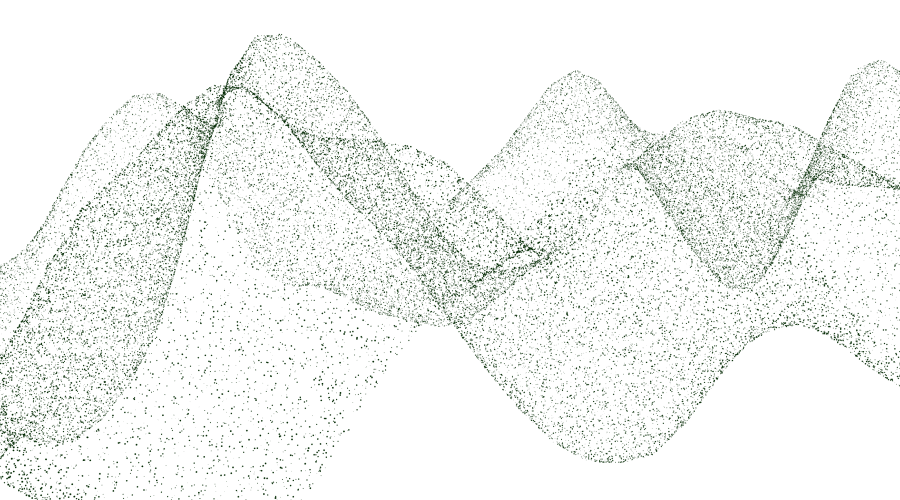Tara O'Shea, Planet
.png)
This International Women’s Day (IWD) and Women’s History Month, we’re sharing profiles of some of the outstanding sustainability leaders around the world. Read the profile of Tara O’Shea, Director of Forest Programs at Planet here.
The individuals we’ve interviewed come from a variety of backgrounds and their areas of expertise and responsibility are equally diverse. We’ve learned a lot from them in these conversations and are excited to follow their progress.
Q: Hello! Tell us a little about what you do at Planet.
A: I’m Director of Forest Programs at Planet, the largest earth observation satellite network delivering global, daily satellite imagery and insights. I oversee the Planet’s strategy, partnerships, and R&D initiatives that ladder up to our goal of revolutionizing the world’s ability to monitor global forests today — and to account for the value of forests in the global economy tomorrow.
Day-to-day, I lead our Forest and Land Use programs and strategies. I try to figure out how we can make data products that solve challenges around unsustainable land use for governments, markets, commodities and financial institutes. I also work closely with product and commercial teams to connect them. Planet gives me the opportunity to make data products that inform financial products and decisions.
Q: Can you tell us a little more about your background and why you chose to work in this space?
A: I’ve always found the systemic nature of environmental sciences very interesting. In college, I had an internship in rural Nicaragua and it turned out to be a real aha moment. From that point on, I couldn’t think of the environment as separate from economic development. It doesn’t make sense to me to define development as something that hurts the environment.
Flash forward, I spent some time working in academia and research. Then I wanted something more applied. I wanted to figure out how to value the climate sequestration that forests provide, so that we can understand how to protect them.
Q: What skills do you think are particularly vital for your role and team?
A: Planet does very interdisciplinary work. It’s important to have an understanding of environmental science and economics and how they are intertwined. I find that women are often excellent interdisciplinary stewards and actors.
I also have a background in remote sensing. I concentrated in Geospatial Analysis, which enables me to understand how data products can be used to measure forests. What’s more, my technical knowledge helps me translate the applications of the tech into different products and solutions.
Q: Who are some of your role models or peers you admire?
A: My mom. She’s very hard working and was a judge. In fact, she was one of the first women to do the things she did, and I have a much greater appreciation for it now.
Q: What are some challenges and opportunities related to your work?
A: “You can’t fix what you can’t see” is a mantra at Planet. The opportunity is that we are starting to be able to see the externalities we previously couldn't account for. We can now do a better job of actually seeing and measuring CO2 on land.
The challenge we face is the capacity to use these tools and ensuring that access is equal across stakeholders. We have an ethics committee that reviews use cases and we are dedicated to bringing transparency to all sides.
Q: What are some trends you’re seeing in the sustainability space?
A: I’m seeing more and more women joining from the younger generation. This is great because we need more interdisciplinary thinking to solve these problems.
Another trend is that geospatial insights are becoming relevant for a new audience. For a long time, remote sensing resided in the realm of governments (because it’s big and expensive), or scientists. But today there’s Planet and many others who are bringing about new ways to do space-based remote sensing, and it’s becoming more practical. So now different industries can benefit from it as it’s become more practical and cost effective. For example, Finance is starting to look seriously at geospatial data for environmental risk assessment.
There’s also a parallel revolution in cloud computing which enables us to make sense of the information we’re gathering.
Q: Any final words to people considering a career in climate tech?
A: We need all hands on deck! We have 8 years to turn this ship around. We need people from all backgrounds, and should view the challenges through an interdisciplinary lens. Join our team and help us translate awesome new earth observation capacity into useful products.
Learn how businesses are shaping carbon market strategies with carbon.

The end-to end carbon dataplatform for the 'net' in yournet zero goals










